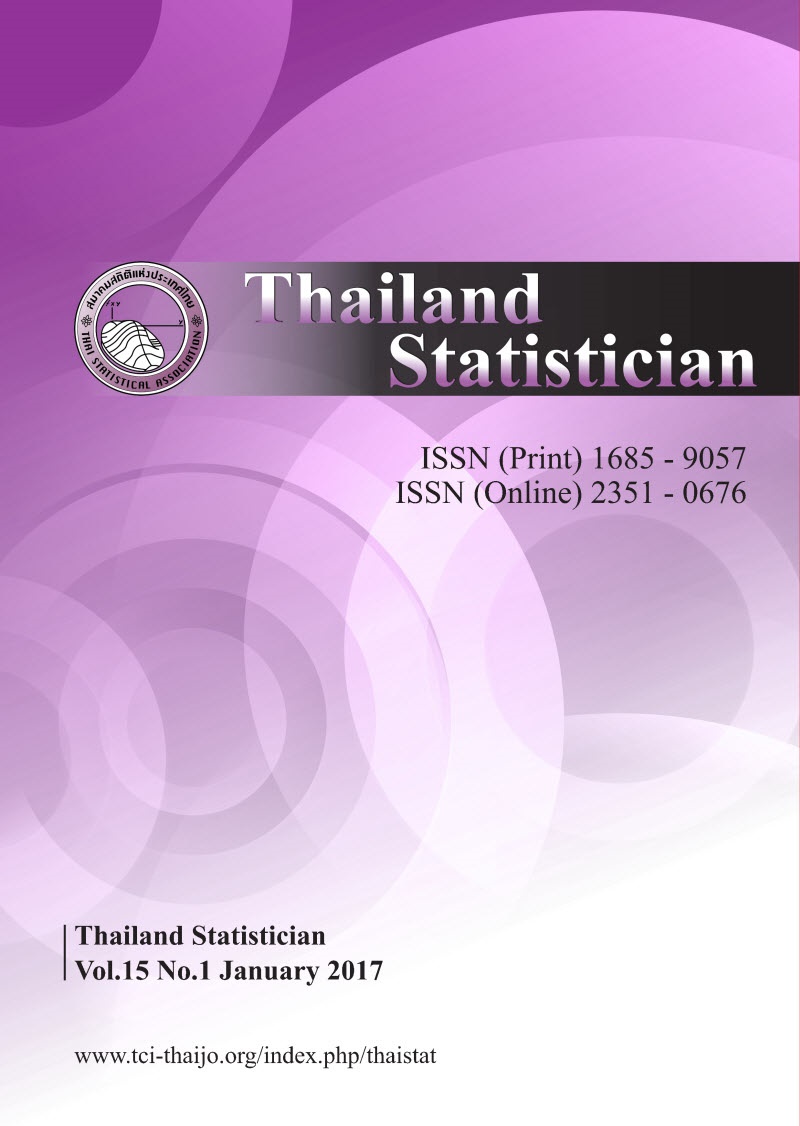Generation of Uniform Designs in the k-dimensional Ball
Keywords:
distance-based criteria, number-theoretic method, uniform designAbstract
In this paper, we describe the generation of a uniformly scattered set of points in the k-dimensional ball (Bk) based on the transformation from the set of points in the kdimensional unit cube (Ck). We apply four number-theoretic methods, which are described in Fang and Wang (1994) for generation of uniform designs in Ck , to generate the uniform design in Bk. These four number-theoretic methods are the good lattice point (GLP) method, the power-modulo a prime (PMP) method, the square root sequence (SRS) method and the Hammersley (HAM) set method. We study k =2, 3, and 4 dimensions with the number of design points (N) = 29, 53 and 98 for each k. Three distance-based criteria (the root mean squared distance (RMSD), the average distance (AD), and the maximum distance (MD)), are used for choosing the best design among a set of points and the RMSD is the major criterion for choosing the best design. When the number of factors (k) is small, the GLP is suitable for generation of a uniform design in Bk. The HAM and SRS methods are suitable when N and k are large.Downloads
How to Cite
Laoarun, W., Borkowski, J. J., & Budsaba, K. (2015). Generation of Uniform Designs in the k-dimensional Ball. Thailand Statistician, 9(2), 103–127. retrieved from https://ph02.tci-thaijo.org/index.php/thaistat/article/view/34235
Issue
Section
Articles




